In the above sense we could say that Jesus is the only son of God, who is the exact image of God and in whom the full nature of God dwells, as it is written: “For in Him dwells all the fullness of the Godhead bodily” (
Bible TranslationBiblical TheologyClifton PayneCommentaryDevotionalEarly Jewish Interpretation of ScriptureExposition of ScriptureGospel of JohnIdioms (Hebraisms; Aramaisms; Grecisms)MidrashRabbinic Theology
— wp:paragraph –> And to the angel of the church in Pergamum write: “The words of him who has the sharp two-edged sword: ‘I know where you dwell, where Satan’s throne is; you hold fast my name and you did not deny my faith even in the days of Antipas my witness, my faithful one, who was killed among you, where Satan dwells. Joshua N. Tilton & David N. Bivin LOY Commentary Leave a Comment — wp:heading {“level”:3,”className”:”has-text-align-center”} –> (Matt. 7:21, 24-27; Luke 6:46-49)
Matt. 4:1-11; Mark 1:12-13; Luke 4:1-13 (Huck 8; Aland 20; Crook 23)For abbreviations and bibliographical references, see “Introduction to ‘The Life of Yeshua: A Suggested Reconstruction.'” Updated: 18 November 2023 וְיֵשׁוּעַ מָלֵא רוּחַ קֹדֶשׁ שָׁב מִן הַיַּרְדֵּן וַיִּתְהַלֵּךְ בָּרוּחַ בַּמִּדְבָּר אַרְבָּעִים יוֹם וַיִּתְנַסֶּה בַּשָּׂטָן וְלֹא אָכַל מְאוּמָה בַּיָּמִים הָהֵם וַיְכֻלּוּ וַיִּרְעַב וַיִּקְרַב הַשָּׂטָן וַיֹּאמֶר לוֹ אִם בֵּן אַתָּה לֵאלֹהִים אֱמֹר לָאֶבֶן הַזּוֹ וְתִּהְיֶה לְלֶחֶם וַיַּעַן יֵשׁוּעַ וַיֹּאמֶר כָּתוּב כִּי לֹא עַל הַלֶּחֶם לְבַדּוֹ יִחְיֶה הָאָדָם וַיַּעֲלֵהוּ אֶל הַר גָּבֹהַּ מְאֹד וַיּוֹרֵהוּ אֶת כָּל מַמְלְכוֹת הָאָרֶץ וְאֶת כֹּל כְּבוֹדָן וַיֹּאמֶר לוֹ אֶת כֻּלָּם לְךָ אֶתֵּן אִם תִּתְנַפֵּל לְפָנַי וַיַּעַן יֵשׁוּעַ וַיֹּאמֶר לוֹ כָּתוּב אֶת יי אֱלֹהֶיךָ תִּירָא וְאוֹתוֹ לְבַדּוֹ תַעֲבֹד וַיֹּלֶךְ אוֹתוֹ יְרוּשָׁלַיִם וַיַּעֲמִדֵהוּ עַל כְּנַף הַמִּקְדָּשׁ וַיֹּאמֶר לוֹ אִם בֵּן אַתָּה לֵאלֹהִים הַפֵּל אֶת עַצְמְךָ לְמַטָּה שֶׁכָּתוּב כִּי מַלְאָכָיו יְצַוֶּה לָּךְ וְעַל כַּפַּיִם יִשָּׂאוּנְךָ פֶּן תִּגֹּף בָּאֶבֶן רַגְלֶךָ וַיַּעַן וַיֹּאמֶר לוֹ יֵשׁוּעַ נֶאֱמַר לֹא תְנַסּוּ אֶת יי אֱלֹהֵיכֶם וַיְכַל הַשָּׂטָן כֹּל נִסָּיוֹן וַיָּסַר מִמֶּנּוּ Having been filled with the Holy Spirit, Yeshua turned from the Yarden, and in the Spirit he walked in the desert for forty days. He was tempted by Satan, and he did not eat anything in all that time. The other disease which my tongue is called to cure is the most difficult… And what is the disease? The festivals of the pitiful and miserable Jews which are soon approaching. — Saint John Chrysostom (349-407) The worldwide Church, individually and corporately, needs to consider apologizing to the Jewish people as a result of anti-Semitic remarks by the Early Church Fathers as evidenced in the fourth century works of Saint John Chrysostom called Λόγοι Κατὰ Ἰουδαίων (Discourse Against the Jews).Joannis Chrysostomi, ΙΩΑΝΝΟΥ, ΤΟΥ ΧΡΥΣΟΣΤΟΜΟΥ, ΤΑ ΕΥΡΙΣΚΟΜΕΝΑ ΠΑΝΤΑ (ed. How to cite this article: Joshua N. Tilton, “A Goy’s Guide to Ritual Purity” Jerusalem Perspective (2014) .
These were printed by Huck in adjacent columns so that one could quickly compare the similarities and differences in, for instance, “The Call of Levi” pericope (Matt. 9:9-11; Mark 2:13-16; Luke 5:27-30; Huck no. 53): Pericope 53, The Call of Levi from Huck’s Synopsis With such a passage it is necessary to check whether all the texts remain verse by verse in parallel. David N. Bivin & Joshua N. Tilton LOY Commentary Leave a Comment Matt. 6:25-34; Luke 12:22-31 Matt. 13:11-15; Mark 4:11-12; Luke 8:10 (Huck 91; Aland 123; Crook 145)For abbreviations and bibliographical references, see “Introduction to ‘The Life of Yeshua: A Suggested Reconstruction.'” Updated: 12 November 2021 וַיֹּאמֶר לָכֶם נִתַּן לָדַעַת אֶת רָזֵי מַלְכוּת שָׁמַיִם וְלִשְׁאָר בִּמְשָׁלִים כִּי רָאוֹ לֹא רָאוּ וְשָׁמוֹעַ לֹא שָׁמְעוּ וְלֹא הֵבִינוּ Then Yeshua said to his emissaries: “God has permitted you to experience the mysteries the Kingdom of Heaven had in store. But until now those mysteries were only hinted at through the symbolic language of the prophets, for ‘no eye could see, and no ear could hear, and no heart could understand’ beforehand the full scope of redemption the Kingdom of Heaven would bring.This translation is a dynamic rendition of our reconstruction of the conjectured Hebrew source that stands behind the Greek of the Synoptic Gospels. It is not a translation of the Greek text of a canonical source. David N. Bivin & Joshua N. Tilton LOY Commentary Leave a Comment Matt. 13:24-30, 36-43 לֵאמֹר לְמַה הַדָּבָר דּוֹמֶה לְאָדָם זוֹרֵעַ זֶרַע טוֹב בְּשָׂדֵהוּ וּבִשְׁכִיבָתוֹ בָּא אוֹיְבוֹ וְזָרַע זוֹנִים בֵּין הַחִטִּים וְהָלַךְ וּכְשֶׁעָלָה הָעֵשֶׂב אַף עָלוּ הַזּוֹנִים קָרְבוּ אֶצְלוֹ עֲבָדָיו וְאָמְרוּ לוֹ אֲדוֹנֵנוּ רְצוֹנְךָ נֵלֵךְ וּנְקוֹשֵׁשׁ אוֹתָם וְאָמַר לֹא שֶׁמָּא תְּקוֹשְׁשׁוּ אֶת הַזּוֹנִים וְתַעַקְרוּ עִמָּם אֶת הַחִטִּים הַנִּיחוּ שְׁנֵיהֶם לִצְמוֹחַ עַד הַקָּצִיר וּבִשְׁעַת הַקָּצִיר קוֹשּׁוּ תְּחִילָּה אֶת הַזּוֹנִים וַעֲשׂוּ אוֹתָם חֲבִילוֹת וְתִשְׂרְפוּ אוֹתָם בָּאֵשׁ וְאֶת הַחִטִּים הַכְנִיסוּ לְאוֹצָרִי And Yeshua told them this parable: “What is the matter like? It’s like someone who sowed good seed in his field. How to cite this article: Huub van de Sandt, “The Didache and its Relevance for Understanding the Gospel of Matthew,” Jerusalem Perspective (2016) .
Matt. 18:10-14; Luke 15:3-10 (Huck 133, 172; Aland 169, 219, 220; Crook 188, 265, 266)For abbreviations and bibliographical references, see “Introduction to ‘The Life of Yeshua: A Suggested Reconstruction.'” Updated: 13 September 2022 וַיִּמְשׁוֹל לָהֶם אֶת הַמָּשָׁל הַזֶּה לֵאמֹר מִי אָדָם בָּכֶם שֶׁיֵּשׁ לוֹ מֵאָה צֹאן וְנִדַּחַת אַחַת מֵהֶן הֲלֹא יַנִּיחַ אֶת הַתִּשְׁעִים וְתִשְׁעָה עַל הֶהָרִים וְיֵלֵךְ וִיבַקֵּשׁ אֶת הָאֹבֶדֶת עַד שֶׁיִּמְצָא אֹתָה וּכְשֶׁהוּא מוֹצֵא אֹתָה שָׂם עַל כְּתֵפוֹ בְּשִׂמְחָה וּבָא לְבֵיתוֹ וְקֹרֵא לְאוֹהֲבָיו וְלִקְרוֹבָיו לוֹמַר לָהֶם שִׂמְחוּ עִמִּי שֶׁמָּצָאתִי אֶת הַשֶּׂה שֶׁלִּי הָאֹבֶדֶת אָמֵן אֲנִי אֹמֵר לָכֶם כָּךְ יֵשׁ שִׂמְחָה בַּשָּׁמַיִם עַל רָשָׁע אֶחָד שֶׁעֹשֶׂה תְּשׁוּבָה מֵעַל תִּשְׁעִים וְתִשְׁעָה צַדִּיקִים שֶׁאֵין לָהֶם צוֹרֶךְ בִּתְשׁוּבָה וּמִי אִישָׁה שֶׁיֵּשׁ לָה עֲשָׂרָה דִּינָרִים וְהִיא מְאַבֶּדֶת דִּינָר אֶחָד הֲלֹא תַּדְלִיק נֵר וּתְכַבֵּד אֶת הַבַּיִת וּתְבַקֵּשׁ עַד שֶׁתִּמְצָא אֹתוֹ וּכְשֶׁהִיא מֹצֵאת אֹתוֹ קֹרֵאת לְאוֹהֲבוֹתֶיהָ וְלִקְרוֹבוֹתֶיהָ לוֹמַר לָהֶן שְׂמַחְנָה עִמִּי שֶׁמָּצָאתִי אֶת הַדִּינָר שֶׁאִבַּדְתִּי אָמֵן אֲנִי אֹמֵר לָכֶם כָּךְ יֵשׁ שִׂמְחָה לִפְנֵי מַלְאֲכֵי שָׁמַיִם עַל רָשָׁע אֶחָד שֶׁעֹשֶׂה תְּשׁוּבָה Then Yeshua told them this parable: “Imagine you have a hundred sheep and one of them strays from the flock. Won’t you leave the ninety-nine on the hills and go search for the one that got lost until you’ve found it? And when you’ve finally found it, won’t you carry it home on your shoulders and invite all your nearest and dearest and tell them: ‘Come celebrate with me! I’ve found my missing sheep!’? We could now insert the Matthean form of the Disciples’ Prayer (Matt. 6:9-13), which is much more Hebraic than the Lukan version (Luke 11:2-4)…. Next, we could add to this story the teaching discourse found in Matthew 7:7-11: Ask, and it will be given you. Updated: 9 November 2022For abbreviations and bibliographical references, see “Introduction to ‘The Life of Yeshua: A Suggested Reconstruction.'”
Matt. 15:21-28; Mark 7:24-30 1. Text 2. Conjectured Stages of Transmission 3. Story Placement 4. My Hebrew translation of the Gospel of MarkRobert L. Lindsey, A Hebrew Translation of the Gospel of Mark (2d ed.; Jerusalem: Dugith, 1973).
The Teaching of Balaam
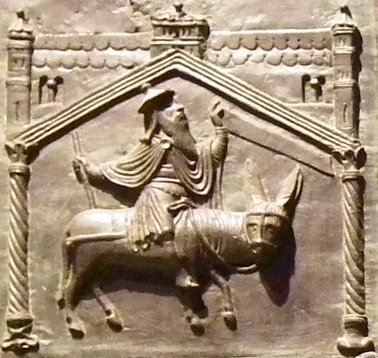
Houses on Rock and Sand Parable
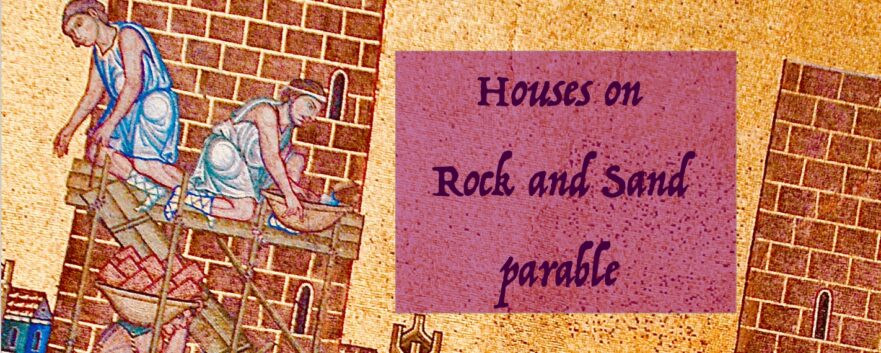
Yeshua’s Testing
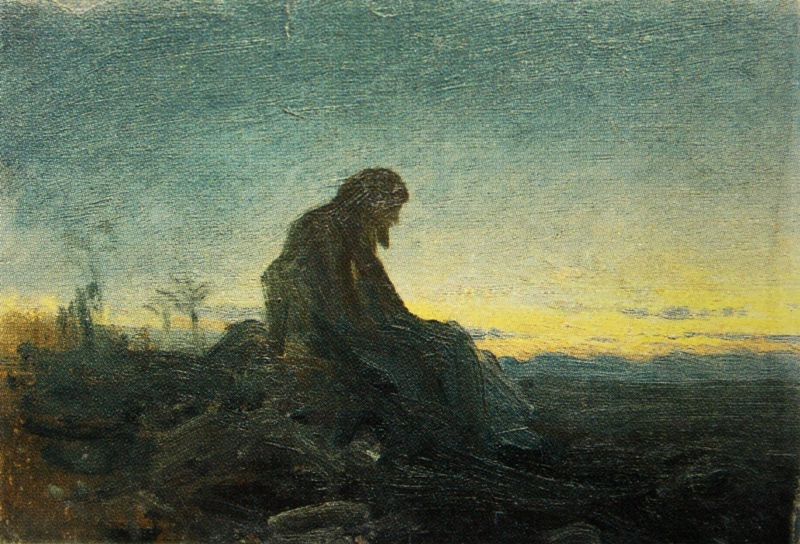
The Surprise of Finding Anti-Semitism in the Heart of the Early Church Fathers
A Goy’s Guide to Ritual Purity

Measuring the Disparity Between Matthew, Mark and Luke

Tower Builder and King Going to War Similes

Yeshua’s Discourse on Worry
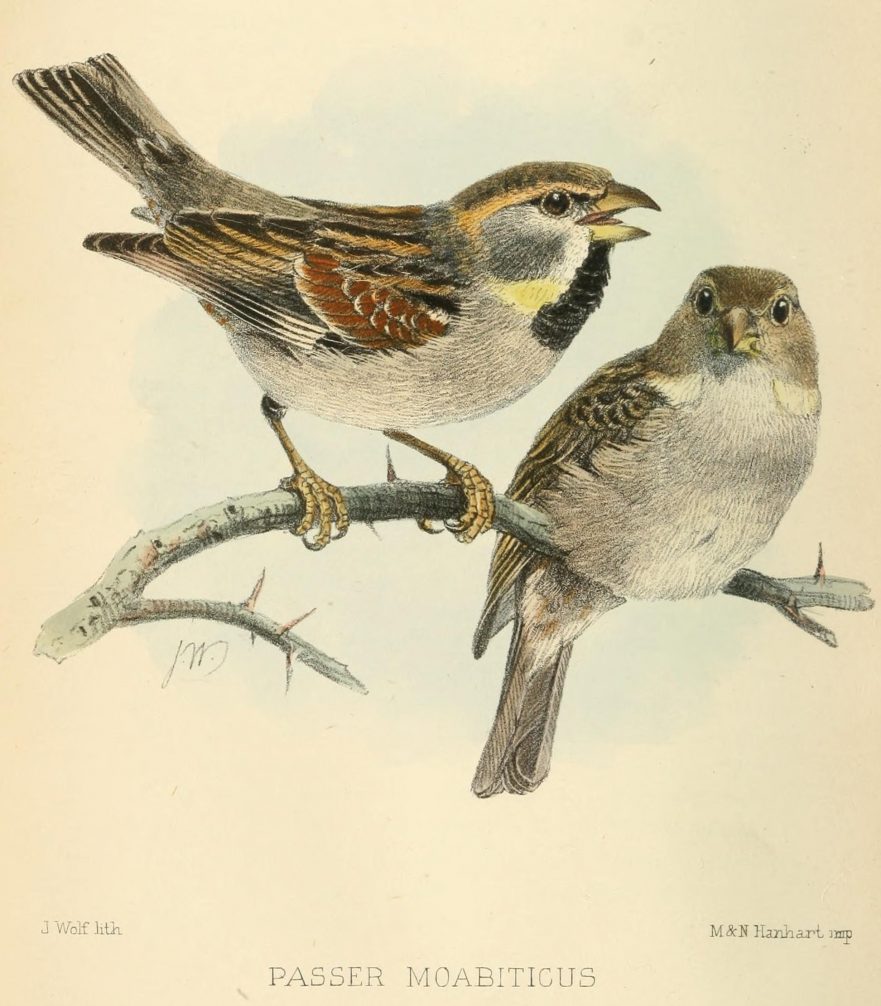
(Huck 35, 157; Aland 67, 201; Crook 49, 236)For abbreviations and bibliographical references, see “Introduction to ‘The Life of Yeshua: A Suggested Reconstruction.'”… According to Lindsey, the Miryam and Marta story (Luke 10:38-42) was the narrative introduction of a teaching complex that included not only Yeshua’s Discourse on Worry (Matt. 6:25-34 ∥ Luke 12:22-31), but also the Rich Fool parable (Luke 12:16-21) and the Rich Man and Lazar parable (Luke 16:19-31), which he regarded as twin illustrations…. In support of his reconstruction, Lindsey noted that Jesus stated that Martha was “worried” about many things (Luke 10:41), which corresponds to Jesus’ instruction “Do not worry” in Yeshua’s Discourse on Worry (Matt. 6:25 ∥ Luke 12:22)See Lindsey, JRL, 101.Lindsey also believed that the description of the birds that do not store in barns (Matt. 6:26; cf. … Moreover, Lindsey found his reconstruction to be satisfying because it supplied the identity of the mysterious “one thing is needed” (Luke 10:42), namely, “Seek first the Kingdom of God” (Matt. 6:33 ∥ Luke 12:31).
Mysteries of the Kingdom of Heaven
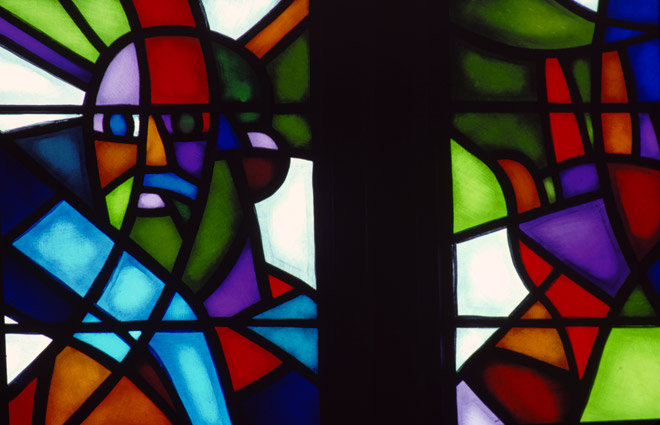
Darnel Among the Wheat Parable

(Huck 96, 100; Aland 127, 131; Crook 149, 153)For abbreviations and bibliographical references, see “Introduction to ‘The Life of Yeshua: A Suggested Reconstruction.'” Revised: 9 November 2022
The Didache and its Relevance for Understanding the Gospel of Matthew
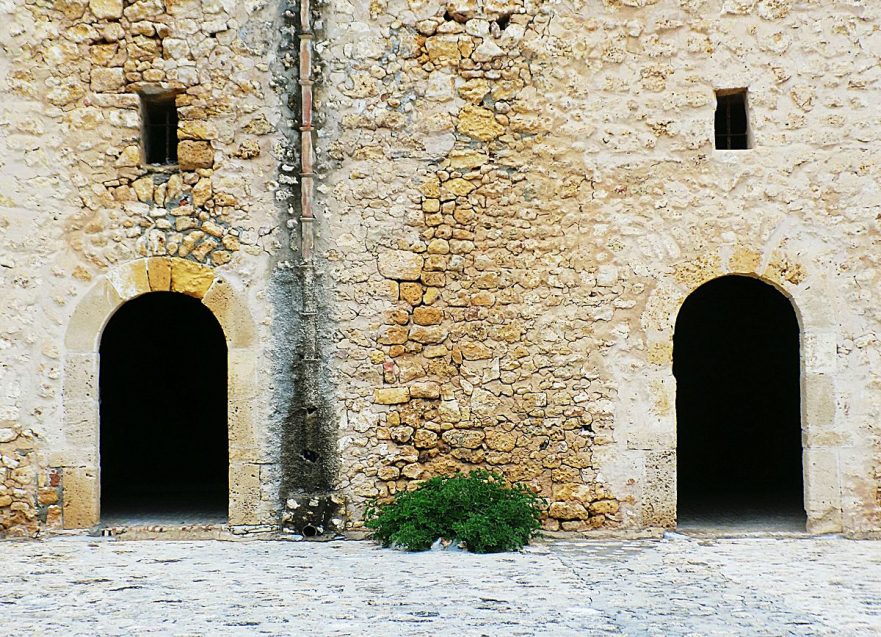
The image featured above, intended to symbolize the Two Ways of Life and Death, which are of central importance to the Didache, was photographed by Imen Bouhajja in Ghar Elmelh, Tunisia (courtesy of Wikimedia Commons).
Lost Sheep and Lost Coin Similes
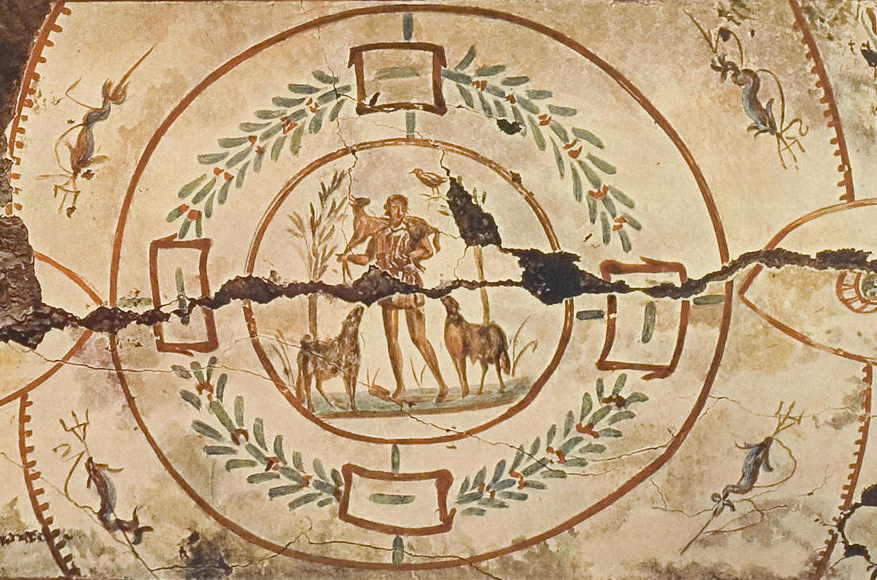
Jesus’ Twin Parables
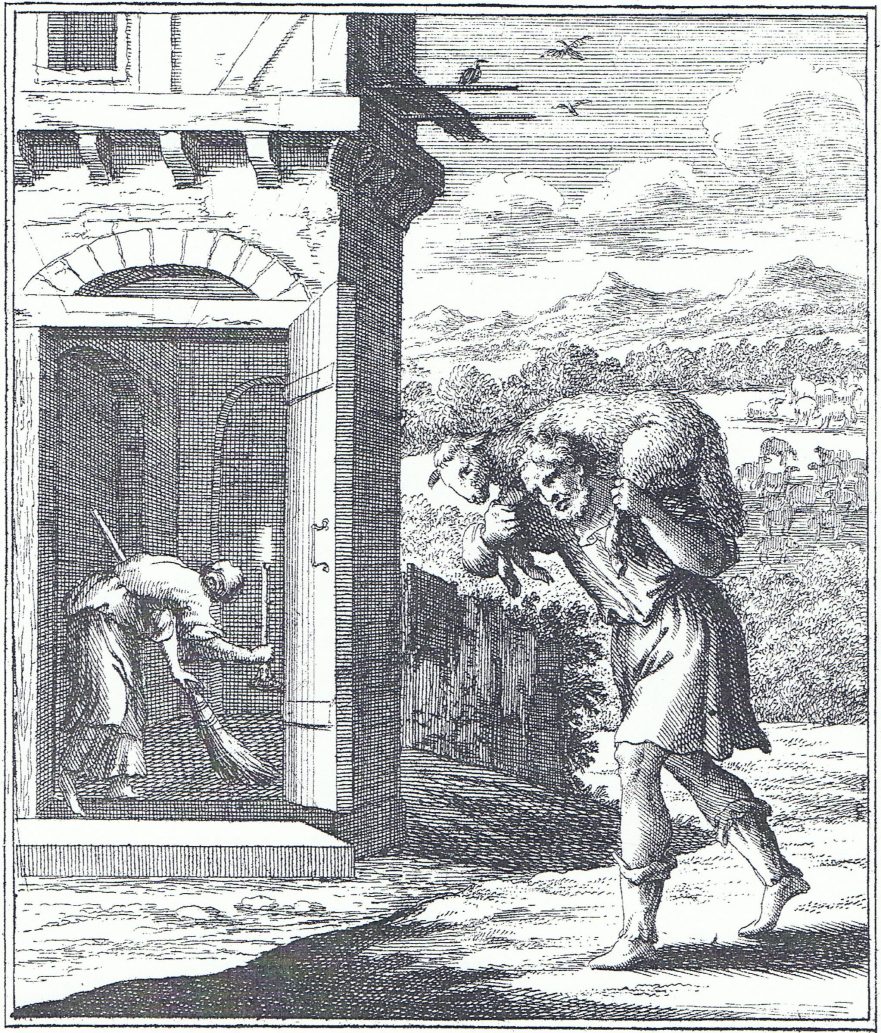
LOY Excursus: The Genitive Absolute in the Synoptic Gospels
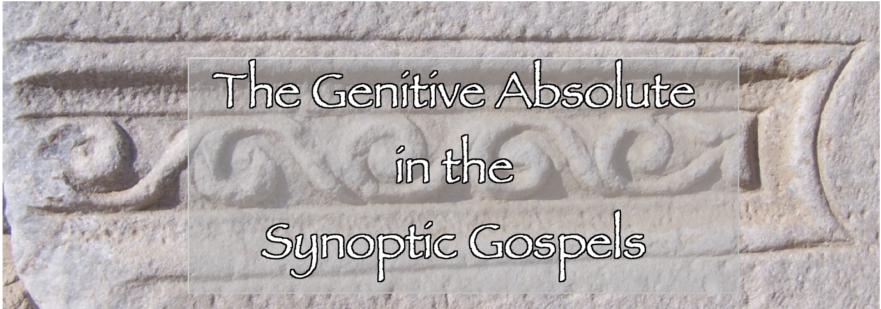
Jesus and a Canaanite Woman
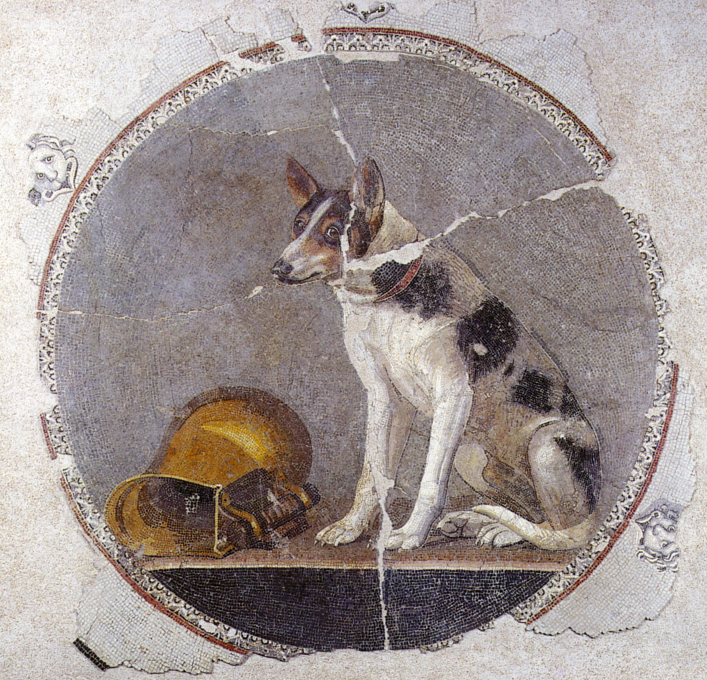
(Huck 116; Aland 151; Crook 170)For abbreviations and bibliographical references, see “Introduction to ‘The Life of Yeshua: A Suggested Reconstruction.'” Revised: 2 September 2021
Table of Contents
Introduction to A Hebrew Translation of the Gospel of Mark

The “Only Begotten” Son
In the above sense we could say that Jesus is the only son of God, who is the exact image of God and in whom the full nature of God dwells, as it is written: “For in Him dwells all the fullness of the Godhead bodily” (
